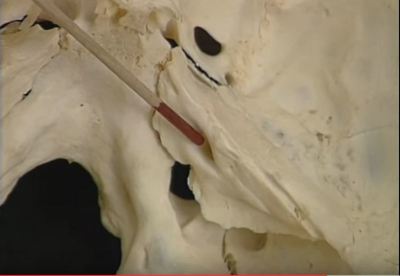

Second, an understanding of the normal auditory mechanism allows appreciation for the way in which various diseases and conditions affect hearing. First and foremost, children learn speech and spoken language through their auditory mechanism. (2012), Goutman, Elgoyhen, and Gomez-Casati (2015), Hudpseth (2014), Lemmerling, Stambuk, Mancuso, Antonelli and Kubilis (1997), Luers and Hüttenbrink (2016), Olson, Duifhuis and Steele (2012), Pickles (2013), and Volandri, Di Puccio, Forte, and Manetti (2012) has been used to organize a contemporary description of the relevant structures and functions of the auditory and vestibular systems.Ī comprehensive understanding of the auditory mechanism is critical to anyone interested in pursuing a career in audiology, speech-language pathology, hearing or speech science, or any other career related to communication. The information presented here can be found in greater detail in textbooks and hundreds of journal publications here information from Abele and Wiggins (2015), Barin (2009), Dallos (1973), Goldberg et al. This chapter presents an integrated description of the anatomy and physiology of the auditory mechanism. Anatomy and Physiology of the Auditory System


 0 kommentar(er)
0 kommentar(er)
